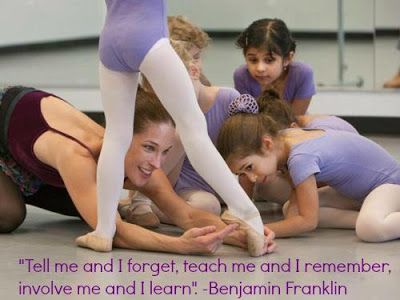How to Choose: your Dance School
As a dance industry business and active participant in the world of competition dance, we’ve had the opportunity to work with some exceptional, dedicated and professional dance studios.
The flip side to this sadly, is that we’ve also experienced the not-so-exceptional and the ‘used to be great’ variety. But more on that shortly…

Let’s face it, dance schools are a business. The cost of their service is going to represent a significant financial commitment on your behalf. Whether your daughter gives it a ‘try’ for a semester, or goes on to perform, compete and pursue a career in dance, you will be handing out cash like a dodgy ATM machine on pay day.
The question is, are you getting what you’re paying for? Or is the service that you are currently paying for no longer being provided?
As a ‘business’, does your dance school invest in quality, qualified dance teachers? Not just ‘visiting’ teachers (who you’ll undoubtedly be asked to pay more for, as part of a special ‘vacation program’ or workshop) but a core-staff of experienced and professional teachers who form the backbone of the studio.
Equally important, is your school still passionate about dance?! Does the owner, the manager, the teacher still get the same thrill seeing your daughter perform as you do as a parent? Is your child being nurtured through disciplined teaching, education and genuine care?
We have seen, first-hand, schools deteriorate in service and student relationships, due to business practices and over-extension. The first sign of this is often cost-cutting such as the overuse of ‘Student Teachers’ — that is, senior students without teaching qualifications, training or experience.
The extremely knowledgeable editors at Ausdance make an astute observation and we couldn’t agree more (great info and all credit to http://ausdance.org.au/articles/details/choosing-a-dance-school-for-your-child):
“Be wary of studios that rely on their senior students to teach classes — good dancers/students are not necessarily good dance teachers. Young students pick up both good and poor attitudes and technique from their teachers. Poor technique can ultimately lead to injury and take many years to ‘unlearn’.
“Check whether the student teacher has received appropriate teacher training such as a CUA30311 (Certificate III in Assistant Dance Teaching) or the Ausdance skill set for Teaching Dance.
“A well-managed school will keep parents and students informed about fees, events, student progress, etc. and will make it easy for students and parents to ask questions.
“Parents should look for sound teaching qualifications, good communication skills, a thorough understanding of safe dance practice; an appropriate and safe space to dance in; knowledge of basic First Aid and OH&S obligations; awareness of age-appropriate activities and sound lesson structure; and a positive, joyful and nurturing learning environment; clearly defined assessment procedures.”
We hope this helps a little with your dance school decisions. Please feel free to share this article with your friends.
Stay tuned as we ‘spot light’ some of our favourite Dance Studios over the next few months.
REEDLE
